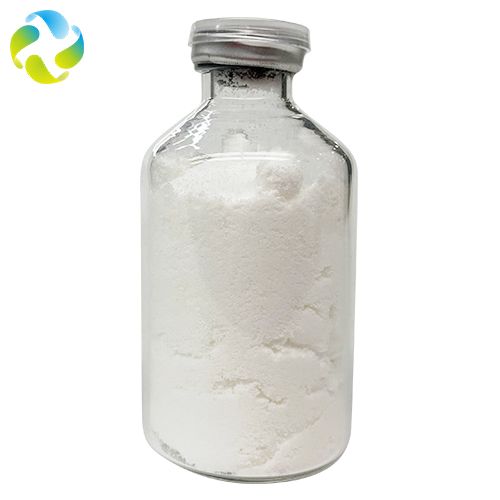

离岸价格
Get Latest Price|
- Minimum Order
国:
China
モデル番号:
-
离岸价格:
ロケーション:
-
最低注文量の価格:
-
最低注文量:
-
パッケージの詳細:
-
納期:
-
供給能力:
-
支払いタイプ:
-
製品グループ :
-
連絡先担当者 Halsey
Wuhan, Hubei
CINNAMON
The spice we know as cinnamon is the dried
bark of the small evergreen tree Cinnamomum zeylanicum which grows
in Sri Lanka and southern India (pictured right). The bark of this
tree is often referred to as "Ceylon cinnamon" or "true cinnamon".
This is to differentiate it from the bark of a related tree,
Cinnamomum cassia (L.) Presl, the bark of which is often referred
to as "Chinese cinnamon". Although the spices from the two trees
taste similar, connoisseurs suggest that Chinese cinnamon has a
slightly bitter flavour compared to Ceylon cinnamon. Most
commercial ground cinnamon is often a mixture of true cinnamon and
cassia. In some cases it may be entirely cassia.
USES OF CINNAMON
Cinnamon has been known of for many years and
its uses are wide ranging. It was regarded as a spice of high value
by many different civilisations. In biblical times it was used as a
perfume in anointing oil and also for beds. The fragrance of
cinnamon was also exploited by the Egyptians who are believed to
have used the spice when embalming mummies. The Romans also placed
a high value on cinnamon. It is said that the emperor Nero (shown
left) burned a years supply of
the spice at the funeral of his second wife, Poppaea Sabina. This
act was carried out to indicate the extent of the remorse he felt
after allegedly murdering her (it is thought that he kicked her to
death).
Cinnamon is reported to have many desirable
medicinal and soothing effects and is thus used frequently in
Chinese herbal medicine. It is claimed that cinnamon can be used to
treat diarrhoea and arthritis. It can also be used to alleviate the
symptoms of colds. Cinnamon is also widely used in cooking due to
its intense aroma and flavour. It can be used in its bark state
(cinnamon sticks) or ground to a fine powder. It is a versatile
ingredient and can be added to enhance the flavour of both savoury
and sweet dishes. Sweet manufacturers often use cinnamon
flavourings when making hot and spicy sweets.
*-Methoxycinnamic acid, also known as
para-methoxycinnamate or O-methyl-p-coumarate, belongs to the class
of organic compounds known as cinnamic acids. These are organic
aromatic compounds containing a benzene and a carboxylic acid group
forming *-phenylprop**-enoic acid. *-Methoxycinnamic acid exists as
a solid and is considered to be practically insoluble (in water)
and relatively neutral. *-Methoxycinnamic acid has been detected in
multiple biofluids, such as urine and blood. Within the cell,
*-methoxycinnamic acid is primarily located in the membrane
(predicted from logP). Outside of the human body, *-methoxycinnamic
acid can be found in turmeric and wild celery. This makes
*-methoxycinnamic acid a potential biomarker for the consumption of
these food products.
| Synonym | *-methoxycinnamate, *-Methoxyciamic acid, *-MethoxyClnnamic acid |
| CAS | *******1 |
| Formula | C*0H*0O3 |
| Formula Weight | **8.*8 |
| Melting Point | **3.5 degree C |
| Boiling Point | **0.*1 degree C |
| Specification | Greater than or equal to *9% |
| Storage | Keep the container sealed and store in a cool, dry place |
| Form | Fine Crystalline Powder |
| Color | White |
| Stability | Stable under normal temperature and pressure to avoid oxidant contact |
| Solubility | Hard to dissolve in water, soluble in dimethyl sulfoxide and methanol |
| Storage | Refrigerator |
| 国: | China |
| モデル番号: | - |
| 离岸价格: | Get Latest Price |
| ロケーション: | - |
| 最低注文量の価格: | - |
| 最低注文量: | - |
| パッケージの詳細: | - |
| 納期: | - |
| 供給能力: | - |
| 支払いタイプ: | - |
| 製品グループ : | - |